Color physics: Nature of Light (part 1)
Hello everyone, hope everyone is doing well.
This is my first science-related post.
In this first post, I would like to emphasize on basic properties of light.
Light is one of the most familiar topic of science. We know light bounces off any material to our eyes and that tells us the color of the material – but what light actually is??
Now we will take a step closer.
LIGHT – WAVE OR PARTICLE??
Light has the properties of both wave and particle. Light sometimes refers to electromagnetic radiation of any wavelength, whether visible or not. The word wavelength expresses the undulating property of light. Generally it is the distance that light travels in one oscillation but in other words, one wavelength equals the distance between two successive wave crests or troughs.
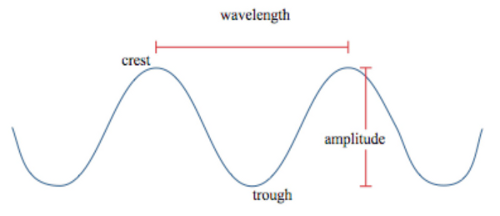
Figure 2:wavelength
It is often expressed in nanometers which equals one billionth of a meter. So the wavelength of 400nm means light traveling 400nm in one oscillation or in the other words, the distance between two successive wave crests or troughs is 400nm.

Figure 3:Electromagnetic spectrum

Figure 4:wavelength of visible light
Human vision can only see light having the wavelength between 400-700nm(This is called visible light).Light that has lower wavelength than 400nm(UV/X-rays) and higher than 700nm(infrared), are invisible in naked eye.
On the other hand, light also features properties of a particle. The intensity of the light varies depending on the number of particles. Intensity is the rate at which light energy is delivered to a unit of surface or energy per unit time per unit area. A bright light has more particles than dark lights. These particles of light are called ‘photons’
The particle property of light can be proved by comparing light with sound using a device called oscilloscope. The sound is known to have the characteristics of a wave. When sound’s intensity is gradually weakened, the signal of sound becomes smaller and then eventually disappears.
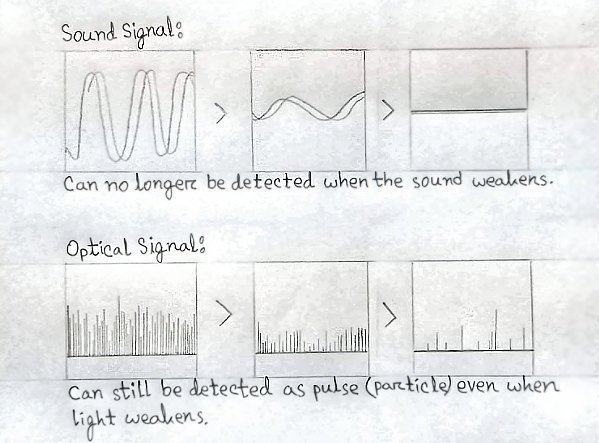
Figure 5:Light particle detection
However, when the light is weakened bit by bit the overall quantity of its signal lowers yet the few remaining pulses (extremely short signals) can be detected and the size of these individuals can’t be decreased. This certainly proves that light cannot become any smaller, and that light has a property of a “particle”
Light travels at a speed of almost 300,000 kilometers per second
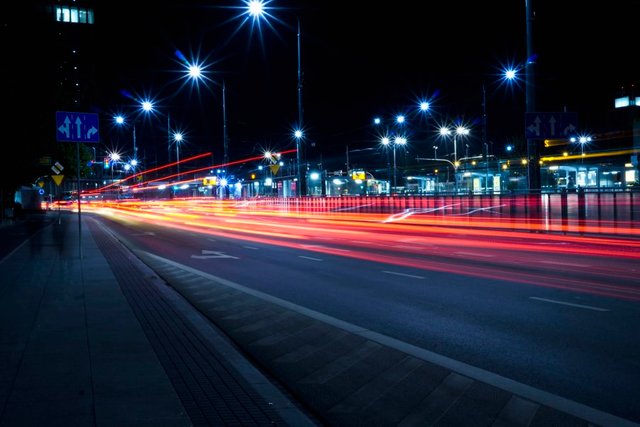
About 10/12 years ago when I learned that light’s velocity is about 300000 km/sec, I was just astonished! “How is it possible?”- I thought that time, but now I know, it’s possible, it’s the truth. Light can travel around the earth 7.5 times in a mere one second. This property of light is employed in several technical applications like optical communications that transfer large information in a very short time. However, light, which is the fastest thing known to man till now, can move only 0.3 millimeters in a trillionth of a second (a picosecond) in a vacuum.
NOTE:
- 1 millisecond = 1 thousandth of a second,
- 1 microsecond = 1 millionth of a second,
- 1 nanosecond = 1 billionth of a second,
- 1 picosecond = 1 trillionth of a second.
Scientists needed many years to find out the actual value of light, the speed of light isn’t accurately 300000 km/sec, its a little bit lower than that. Before the 17th-century scientists believed that there was no such thing as the "speed of light". They thought that light could travel any distance in no time at all. Later, several attempts were taken by the scientists to measure that speed of the light:
- In 1638 by Galileo: at least 10 times faster than sound
- In 1675 by Ole Roemer: 200,000 Km/sec
- In 1728 by James Bradley: 301,000 Km/s
- In 1849 by Hippolyte Louis Fizeau: 313,300 Km/s
- In 1862 by Leon Foucault 299,796 Km/s
- And Today: 299792.458 km/s
The speed of light varies with the medium. The speed of light in a vacuum is a universal constant in all reference frames and the speed of light in a vacuum is fixed at 299,792,458 m/s by the current definition of the meter. The speed of light in a medium is always slower than the speed of light in vacuum. So, what happens in other mediums that lowers the speed of light?
Interaction of light with matter
In the vacuum, such as outer space, there is no matter, that’s why light travels straightforward without any interruption at the maximum speed. But when it comes in contact with water, air, and other matters, then its behavior changes as it is “absorbed”, “transmitted”, “reflected” and “scattered”. When light strikes a matter, a part of that light is absorbed into the matter and is transformed into heat energy. If the matter is transparent and when light strikes it, some of it is absorbed and which is not absorbed, is “transmitted” through and exits to the outer side of the material. And if the surface of the material is smooth (a mirror for example), “reflection” occurs, but if the surface is irregular having pits and protrusions, the light “scatters”
The “transmitted,” “reflected,” or “scattered” light allows our eyes to see the colors and shapes of objects.
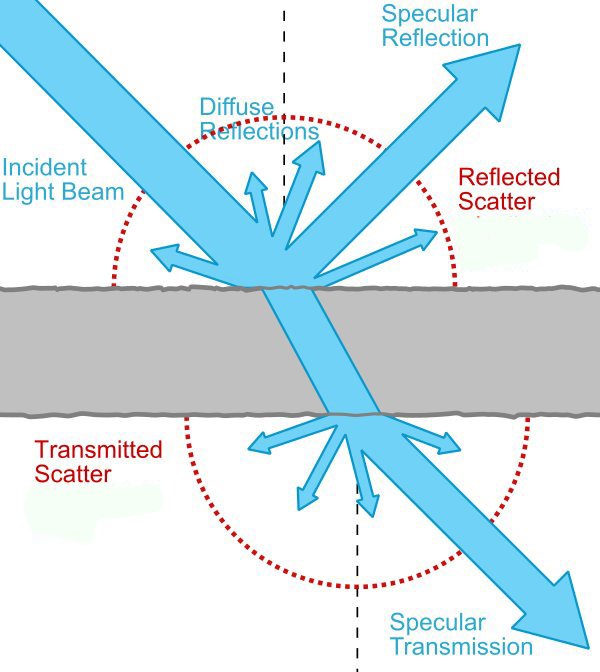
Figure 7:interaction of light

Reflection of Light
Why is the Washington Monument seen clearly reflected on the surface of the pool?

Figure 9:reflection of washington monument
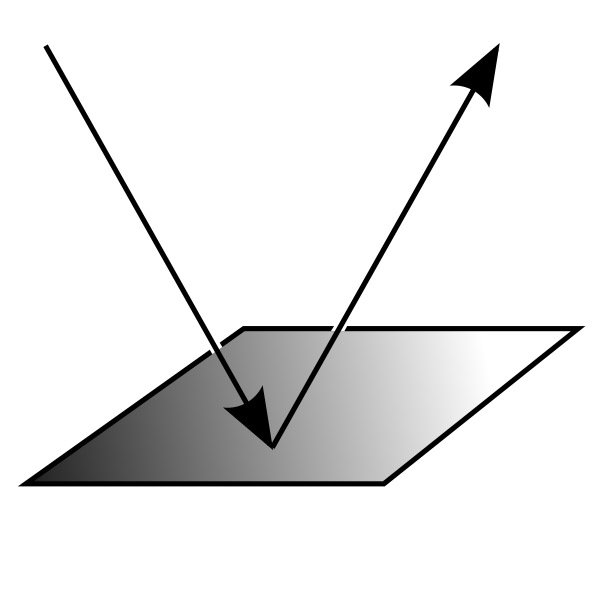
Figure10:reflection of light
When light strikes the monument, light bounces back in many direction, which is called reflected light. Our eyes see the monument by capturing some light reflected directly from the monument and then by forming an image on the retina, through the lens of the eye.
As there is a pool between our eyes and the monument, the light incoming from the monument reflects off the surface of the pool. If the surface is calm with no wind and additionally flat and sleek like on level surfaces with no irregularities like mirrors and glass, the angle of the incident light and the angle of light bouncing off the surface are equal to each other. This is often observed as reflective reflection or mirror reflection. once the surface is found in a perfect location wherever the light bouncing off the surface by means that of specular reflection directly reaches our eyes, then we will see a pointy, clear image of the mountain mirrored on the surface.
On the other hand, If the surface is irregular(like a wave in the pool), then the angle or direction of the reflected light varies according to the deformation of the surface, resulting in a deformed image of the monument on the water surface.
Scattering of Light
Why the sky is blue on a sunny clear day and why in the evening the sky appears red?? Do you know why???
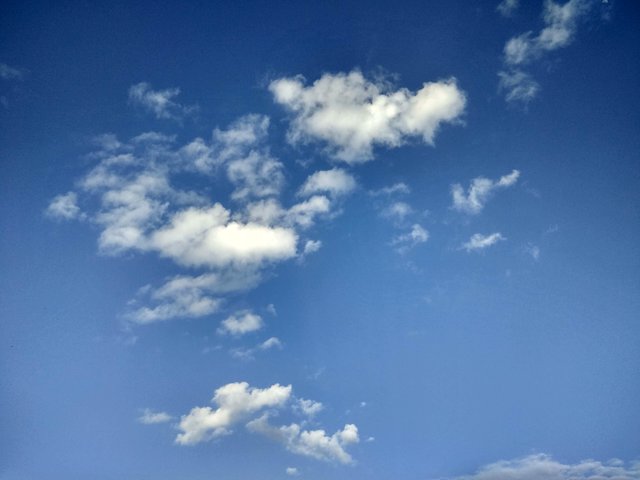
Figure11:blue sky in the morning
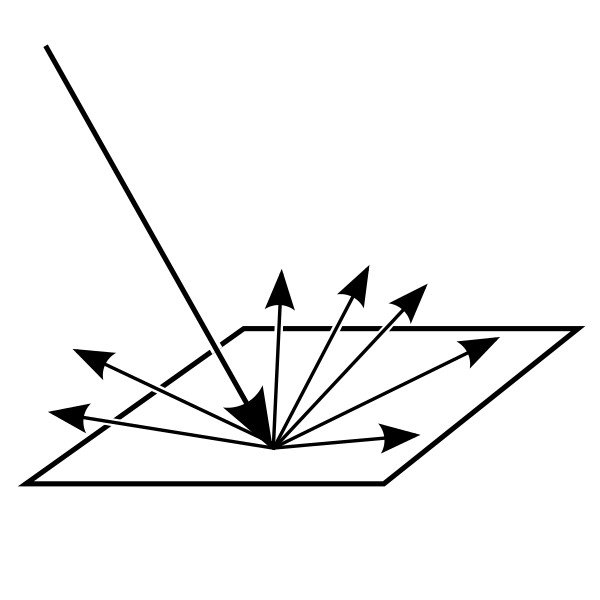
Figure12:light scattering
Traveling through space, the sunlight reaches the earth and when it strikes various particles and molecules in the atmosphere, it “scatters”. One fraction of light goes back to the outer surface and the other remaining fraction of light reaches to the surface of the earth after traveling through the atmosphere. The amount of scattering of light depends on its wavelength. Air molecules, like oxygen and nitrogen, for example, are small in size and thus more effective at scattering shorter wavelengths of light (blue and violet). The selective scattering by air molecules is responsible for producing the blue skies on. So blue light is more intensely dispersed or scattered and that’s why the sky appears blue to our eyes during the day.

Figure13:red sky in the evening
But what happens during sunrise and sunset??
That time sky appears orange or red. This occurs when the position of the sun is lower, the distance that the light travels becomes longer and the blue light of short wavelength is scattered and weakens step by step. Therefore the remaining light of red or orange (high wavelength) reaches our eyes.
Refraction of Light
If you take half glass of water and put a pencil in the glass, what happens? – the spencil appears bent, but why????
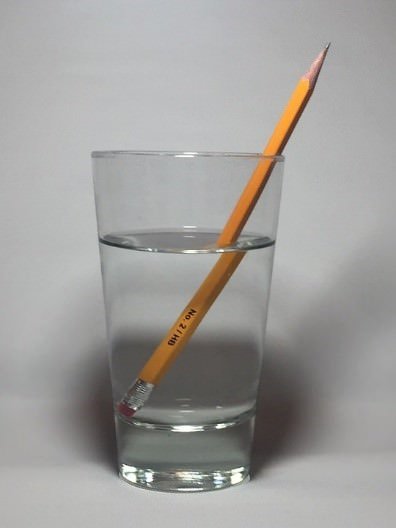
Figure14: bent pencil in water
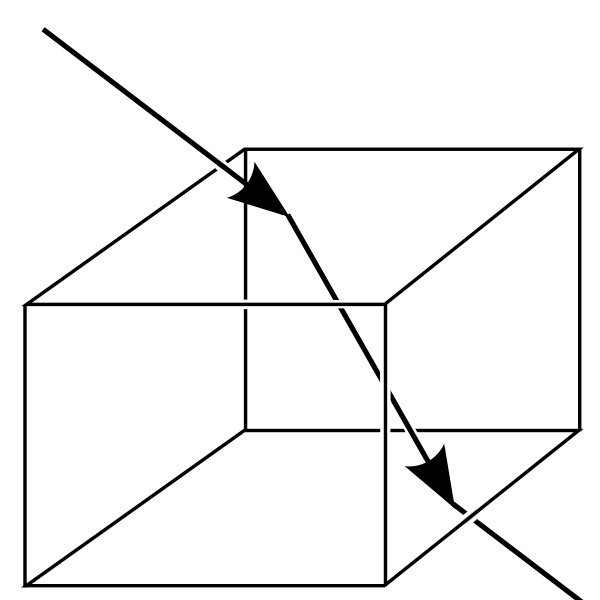
Figure15: refraction
This is due to light refraction. Light “refracts” at the touching point of water and air. Due to the difference in density, light travels at a different speed in air and water. We see the scattered light from the straw in the water, but when the light in the water enters in the air, refraction occurs. However the light which is coming from the water seems to move straight towards our eyes and our eyes imagine a virtual image on the line, extending from the refracted light. So the tip of the straw within the water seems to have deviated from its actual position.
This amount of bending due to change of medium depends on two things. They are:
• Change in speed – It’s any substance that causes the light to speed up or slow down more, it will refract (bend) more.
• The angle of the incident ray – when the light enters the substance having a greater angle, the amount which will be refracted will also be more noticeable. And on the contrary, when the light enters the new substance from straight on (at 90° to the surface), the light will gradually/ultimately slow down, but it won’t change direction at all.
Interference of light
Do you know how are those intriguing colors of blowing soap bubbles made?
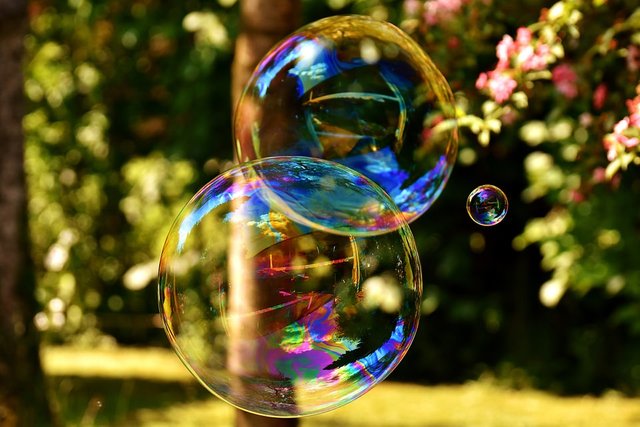
Figure16: Colorful soap bubbles
These are made by using the theory of light interference. Light moves in varied directions, therefore, the light waves are perpetually striking against each another. The development that happens once the light waves run into one another is named “interference.” When the peaks of those waves overlap, the peaks become even larger. Once the peaks and valleys of the waves collide, the waves cancel one another out. This interference is what causes us to ascertain the varied colors in soap bubbles. A bubble is created by a very skinny film. light reflective from the outer and inner sides of this film interfere with one another to cause the colors that we tend to see. Moreover, the viewing angle of the light interference occurring within the bubble film changes because of the perpetual movement of the bubble. Due to the waves of sunshine repeatedly enhancive and canceling one another out, our eyes see mysterious and perpetually dynamic colors.
Conditions for interference:
The two sources of light, must emit continuous waves of the same wavelength.
The two sources of light must be very close.
The waves which are emitted by two sources should either have zero phase difference.
Dispersion of light
We all have seen rainbows after rain, but why it appears?
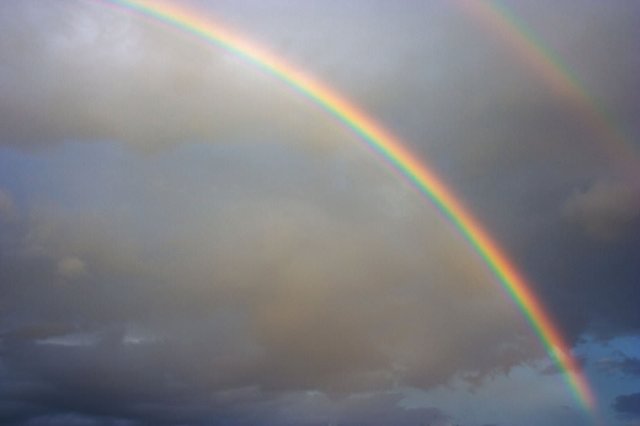
Figure17: Rainbow
We know the sunlight is the mixture of seven different colored lights, which appears white to our eyes. A prism is used to separate the white light into various colored light. This phenomenon is known as the dispersion of light.
After the rain, there are water droplets in the air. This work as a natural prism. The light that strikes water droplets refracts and moves to the inside of the droplet, reflects at intervals the droplet, and refracts when exiting the droplet. The water droplets within the air act just like a prism inflicting dispersion and also the light reaching our eyes seem as continuous bands of various colors. that's what makes a rainbow.
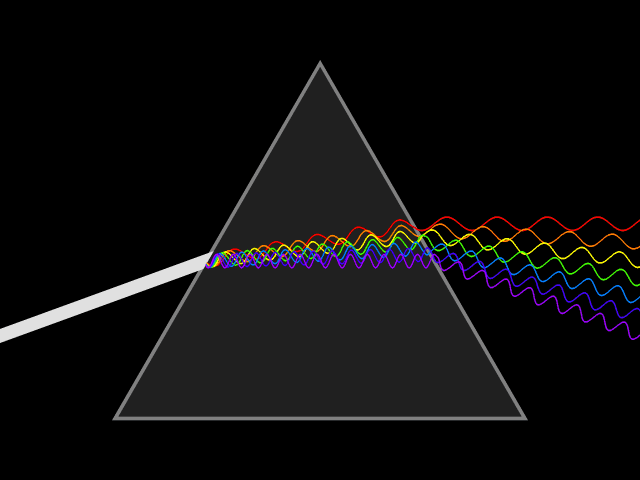
Figure17: Prism
If we look closely around the rainbow, we may sometimes see another rainbow (a secondary rainbow) whose color sequence is reversed, on the outer side of the primary rainbow. This secondary rainbow appears because of light that reaches our eyes reflecting doubly within the water droplet twice.
post source:
- A Textbook of Optics by n Subrahmanyam and Brij Lal
- Source 2
- Source 3
- Source 4
- Source 5
- Source 6
- Source 7
- Source 8
- Source 9
Conclusions and Further Reading
As i said at first i was gonna emphasize on basics, i have emphasized on basics.In next post i would like to make an article describing a single property.
And thanks to @terrylovejoy for helping and guiding me.
Thanks For Reading.


Congratulations! This post has been upvoted from the communal account, @minnowsupport, by makerniloy from the Minnow Support Project. It's a witness project run by aggroed, ausbitbank, teamsteem, theprophet0, someguy123, neoxian, followbtcnews, and netuoso. The goal is to help Steemit grow by supporting Minnows. Please find us at the Peace, Abundance, and Liberty Network (PALnet) Discord Channel. It's a completely public and open space to all members of the Steemit community who voluntarily choose to be there.
If you would like to delegate to the Minnow Support Project you can do so by clicking on the following links: 50SP, 100SP, 250SP, 500SP, 1000SP, 5000SP.
Be sure to leave at least 50SP undelegated on your account.
This is good first post into @steemstem @makerniloy. I'm always fascinated by the fact light has both wave and particle type properties. These days our cameras are sensitive enough and the in-camera noise low enough that we can see the particle type properties as image noise.
Btw I have some minor suggestions I can give you on discord.
thanks for observing
i have made all those little changes, thanks for your advice. 👍👍